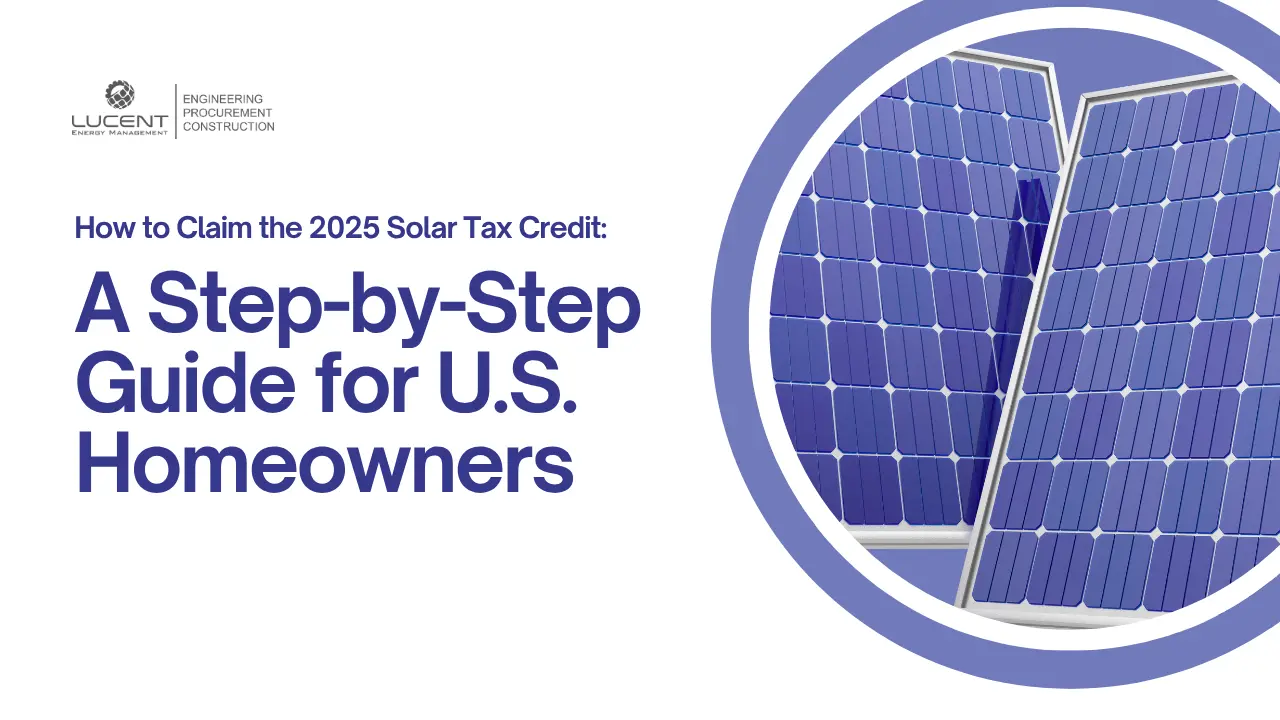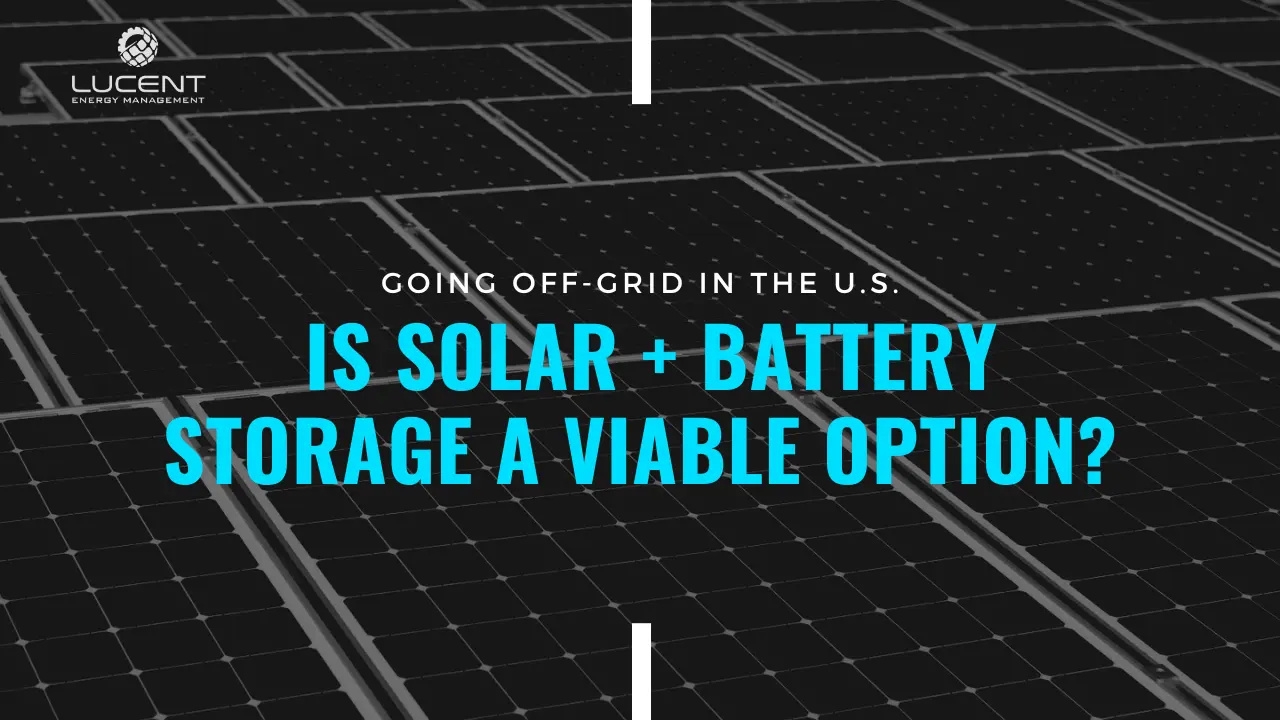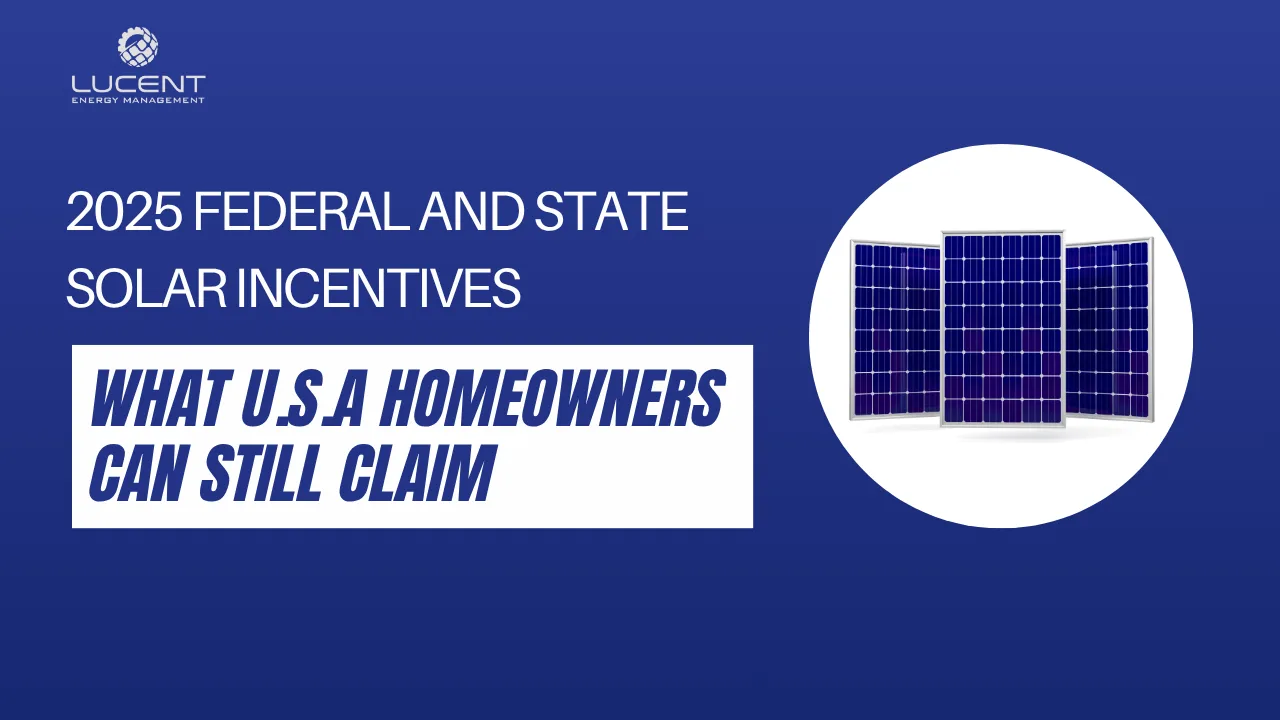Have you wondered how the sun powers those sleek panels you see on solar panels? Among the many renewable options, solar energy stands out as the most sustainable source of power. The earth receives enough sunlight in 90 minutes to power the world for a year.
Let’s explore how these panels work and why they’re key to solving some of the world’s biggest energy challenges.
Understanding How Solar Panel Convert Sunlight into Electricity
Solar panels rely on a process called photovoltaic effect, which is the foundation for converting sunlight into electricity. When sunlight made of tiny particles called photons hits the surface of a solar panel, these photons interact with the semiconductor materials inside the panel.
Their interaction causes energy from the photons to excite the electrons in the material. This knocks them loose from their atoms. As these freed electrons move, they create an electric current. This current is captured and directed through the panel’s wiring and eventually becomes electricity.
How Solar Panels Work
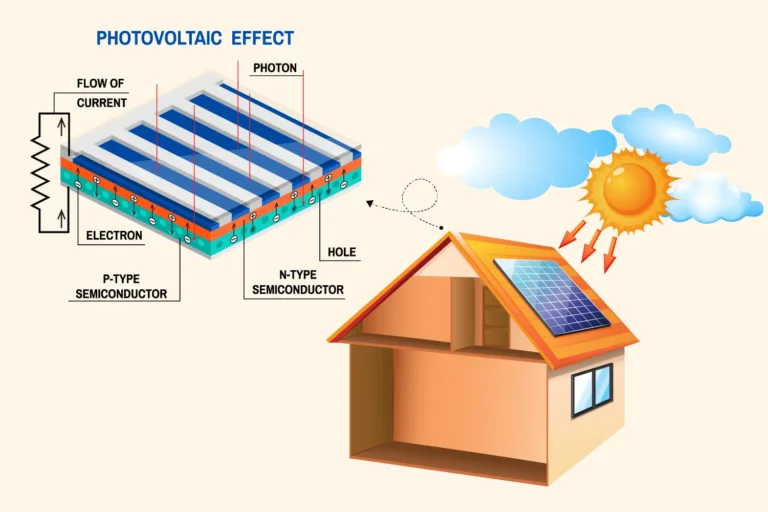
Step 1: Sunlight Activation
Solar panels start by absorbing sunlight, specifically capturing photons, the energy particles from the sun. These photons hit the surface of the photovoltaic cells within the panel, energizing the material (typically silicon) and starting the process of generating electricity.
Step 2: Electric Field Creation
Solar cells are made of two layers of silicon – one positively charged and one negatively charged. This creates an electric field at the junction between the layers. When the energized electrons are freed, the electric field forces them to move in a specific direction, generating an electrical current as they flow.
Step 3: Electrical Output
The photovoltaic cells are made from layers of silicon, which create an electric field when exposed to sunlight. This electric field pushes the energized electrons, forcing them to move. This movement of electrons generates a direct electrical current (DC), which is the basis of electricity production.
Components of a Solar Panel System
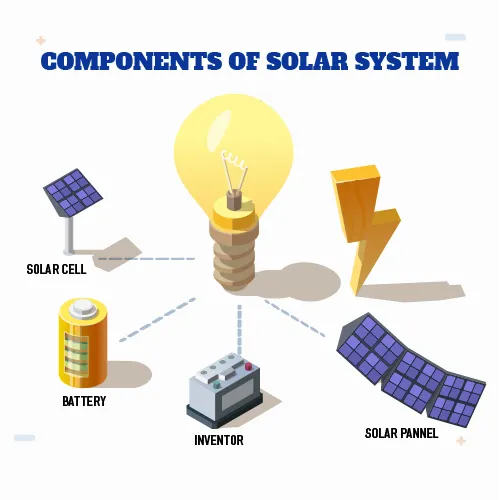
Solar Cells
Solar panels are made up of multiple solar cells, which are the key units responsible for converting sunlight into electricity. Each solar cell captures sunlight and produces a small amount of electric current.
When several solar cells are connected in a panel, they work together to generate enough electricity to power homes and businesses or feed into the electrical grid.
Inverter
An inverter is a critical component of the system. It converts the direct current (DC) generated by the solar cells into alternating current (AC), which is the type of electricity we use. Without the inverter, the electricity produced by the solar panels would be unusable for common household needs.
Battery Storage
For those who want to store excess energy, solar battery systems provide a solution. These batteries store the surplus electricity generated during peak sunlight hours for use when the sun isn’t shining. This helps ensure a continuous power supply even when solar production is low.
Types of Solar Panels
There are two main types of solar panels commonly used: monocrystalline and polycrystalline.
Monocrystalline Panels
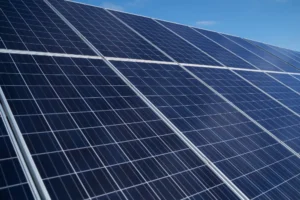
These panels are made from a single, pure silicon crystal, which allows electrons to move more freely. As a result, monocrystalline panels are more efficient at converting sunlight into electricity, typically achieving higher efficiency rates of around 20-22%.
However, this efficiency comes at a higher cost, as the manufacturing process is more complex.
Polycrystalline Panels
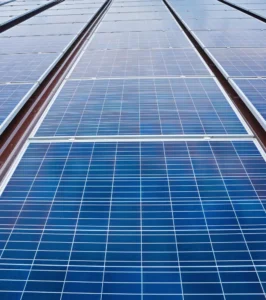
Polycrystalline panels are made from multiple silicon fragments melted together. While they are generally less efficient than monocrystalline panels, with an efficiency range of about 15-17%, they are also more affordable. This makes them a cost-effective option for homeowners or businesses on a budget.
Benefits of Solar Power
- Solar energy is a sustainable and inexhaustible resource, helping reduce dependence on fossil fuels.
- By generating your own electricity, you can significantly lower or even eliminate your energy bills.
- Solar panels reduce carbon emissions and pollution, making them a cleaner alternative to traditional energy sources.
- Solar systems require minimal maintenance once installed, with most panels lasting 25 years or more.
Conclusion
Solar energy is the future rather than a contemporary trend. Personally, witnessing the transition to solar in my neighborhood was nothing short of inspiring. The shift towards a sustainable future is real, and it’s happening now.
Take the first step toward energy independence with Lucent Energy. Get a custom solar solution that reduces costs and powers your future sustainably. Contact us today for a free quote and start your journey to a brighter, greener tomorrow.


